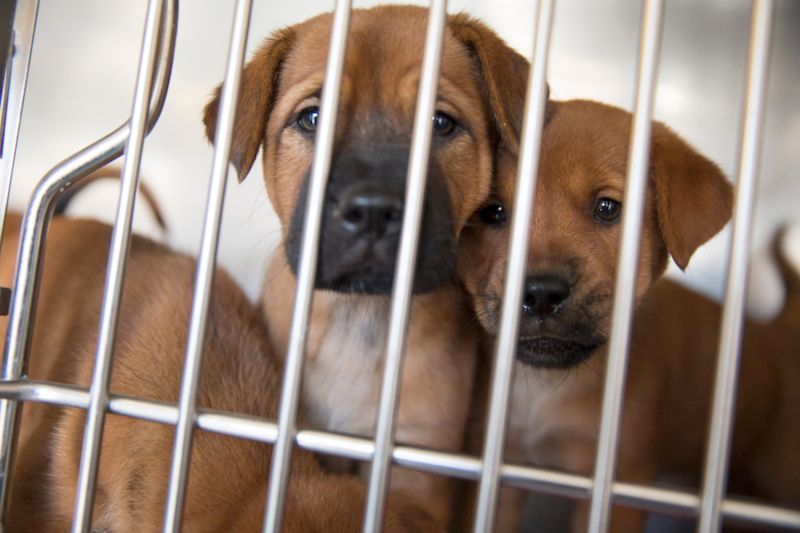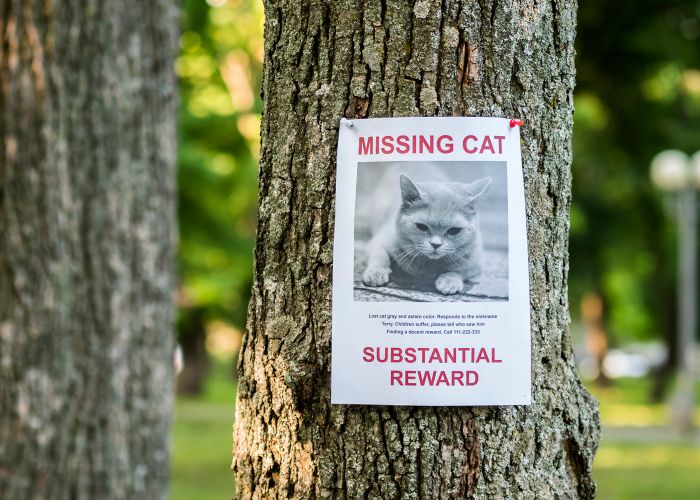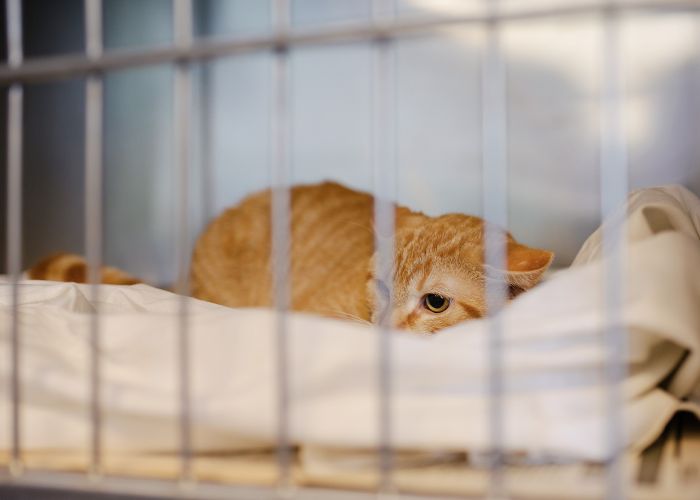Count your organization in
Collaboration among major animal welfare organizations aims to standardize and share shelter and rescue statistics

Animal welfare organizations have long attempted to get a grasp on national shelter and rescue statistics, but with thousands of independent organizations using myriad data collection methods, the task proved too large for one organization alone. So in 2012, The HSUS, ASPCA, PetSmart Charities, Petco Foundation, Maddie’s Fund and Best Friends Animal Society came together to fund and develop Shelter Animals Count: The National Database Project.
Through its website, the project collects and standardizes national shelter and rescue data in a searchable database. Currently, upward of 4,000 shelters and rescues participate in Shelter Animals Count, and an average of 47 groups per month join the database—but the project’s goal is 100-percent shelter participation.
During its 2016 “data drive,” Shelter Animals Count offered over $20,000 in prizes, including cash grants and conference passes (courtesy of sponsors), to participating organizations that shared a complete year of data. “This was our first trial run at seeing if incentives would help for data completion,” says Vicki Kilmer, director of business intelligence and strategy at Best Friends, and she was “pleasantly surprised” by the drive’s success.
“I think there’s a sense … that the industry needs this, it’s just the right thing to do, people should keep their data current whether we offer incentives or not,” she says. “That’s a fine philosophy, but I think we just saw that incentives work and may be required to keep the database as current and complete as we intend for it to be as a source for the industry.”
The drive resulted in 200 new project participants and triple the number of complete 2016 data sets from existing participants; several organizations agreed to publicly share data because of increased familiarity with the project. Thirty-five participating nonprofits, including Denver Animal Protection in Colorado and Sugarfoot Farm Rescue in Columbia, Kentucky, received prizes through a random drawing.
South Utah Valley Animal Shelter (SUVAS) in Spanish Fork, Utah, won a $5,000 grant after completing its 2016 data set. “It’s something that we were going to get done anyway,” says Carrie Ward, SUVAS licensing specialist, but collecting the “all hand-count[ed]” data for 2016 had been a challenge because of staff turnover.
“We were joyfully surprised when we found out” about the prize, Ward says. Despite handling around 4,000 animals in 2016, the organization has no on-staff veterinarian. “We’re going to set up a medical fund with it, which obviously won’t go very far, but we’re going to hopefully use that as a base to keep trying to get people to donate.” SUVAS will “absolutely” continue participating in the project, she says.
Previously, Best Friends performed painstaking manual data collection that revealed the estimated number of dogs and cats euthanized in the U.S. has dropped from 9,000 to 5,500 per day in the past six years—an important statistic that highlights why a national, uniform data collection effort is so important. “In the future, we look forward to leveraging Shelter Animals Count for this purpose,” says Kilmer.
Once organizations see how their data fits into the big picture, they often begin to understand that “all data matters,” she says. “The industry is looking for this database to really help us get a complete national picture moving forward, and at the same time, enable those regional and community-level insights that will aid in increasing lifesaving … and to the degree that we have good, robust, complete data, it helps toward that goal, and to the degree we don’t, that goal becomes unachievable.”







